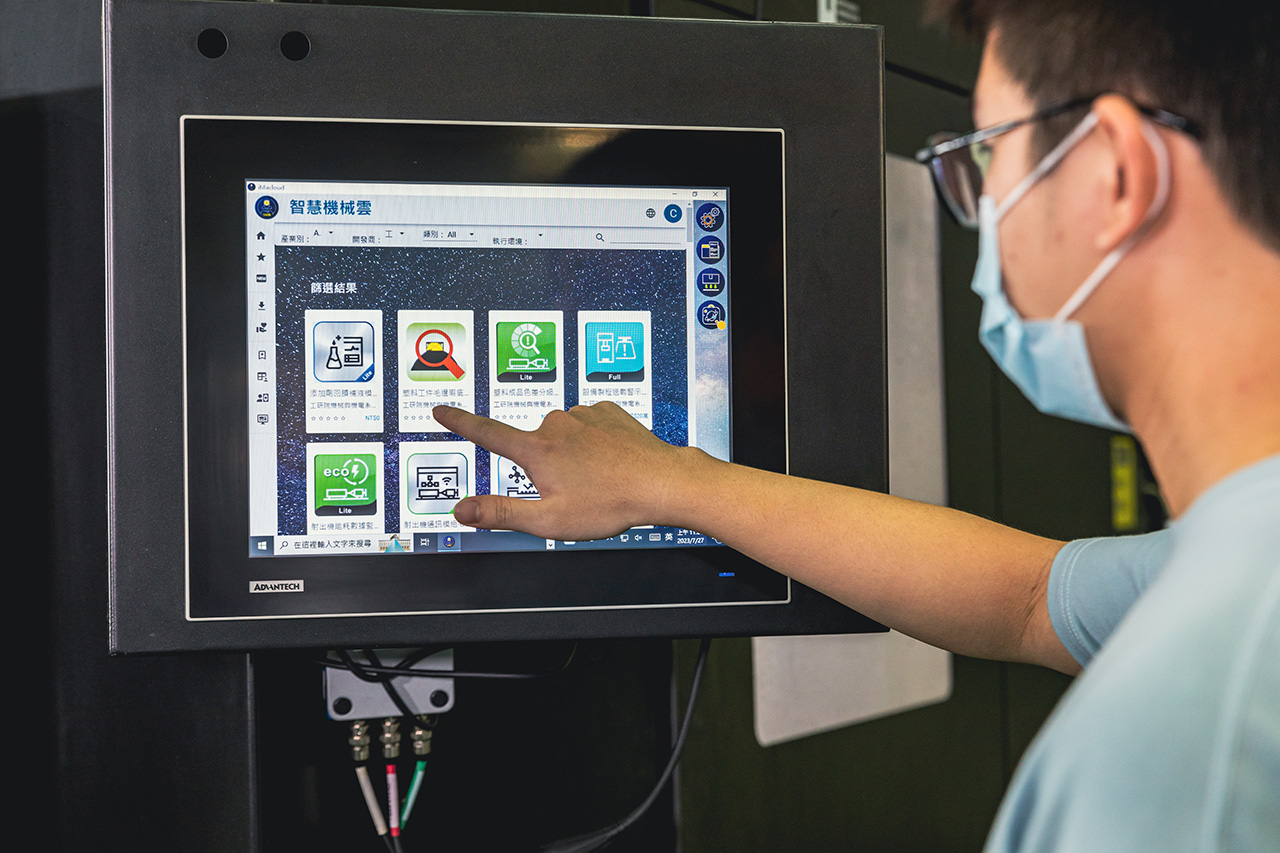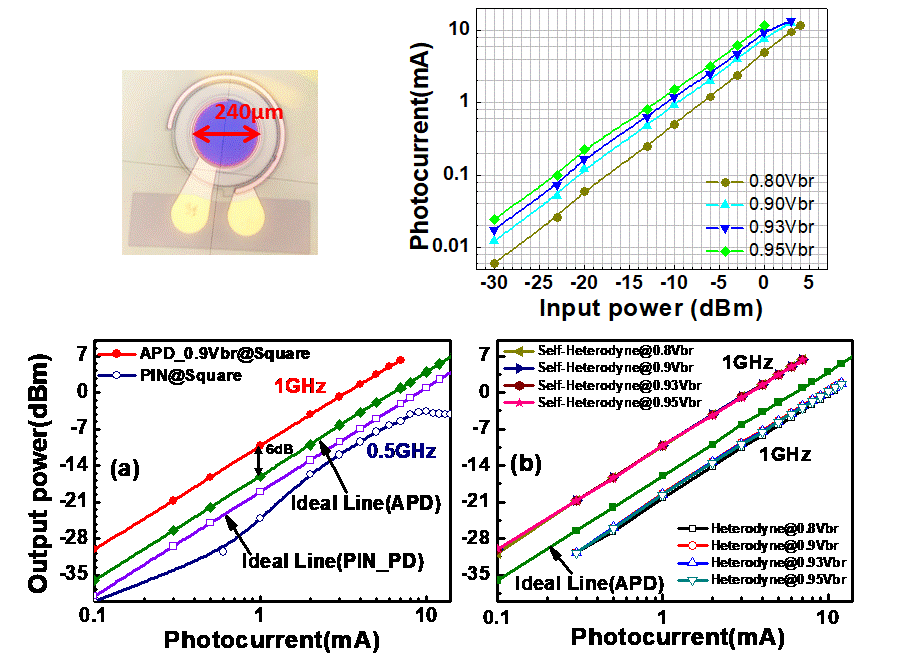

Extreme ultraviolet (EUV) lithography is a process using EUV light to transf
er a mask pattern onto a wafer. At present, semiconductor manufacturers
such as TSMC have successfully employed 13.5 nm light for photolithogra
phy, reaching a 3 nm mass production process. In advanced wafer manufa
cturing, real-time monitoring of the EUV beam quality is essential as it pro
vides important guidance for laser adjustment and/or contaminant remov
al.
Current EUV detectors on the market are expensive (more than one millio
n NT dollars), short-lived, and bulky. To solve this issue, we have develope
d an EUV imaging device that is low cost, small size, and easy to operate. S
pecifically, we use fluorescent nanodiamonds (FNDs for short) as the EUV
scintillators. FNDs are produced by electron bombardment of diamond po
wers containing ~100 ppm nitrogen atoms to create carbon vacancies, foll
owed by vacuum annealing to form stable nitrogen-vacancy color centers.
Composed of mainly carbon elements, FNDs are non-toxic and environme
ntally friendly. In addition, FNDs are robust and can form stable thin films
by electrospray deposition. These films are non-hygroscopic and can with
stand high temperature and high energy photon irradiation, exhibiting ex
cellent durability.
We have successfully used the light sources at the National Synchrotron R
adiation Research Center to prove the principle. It is demonstrated that F
NDs can absorb VUV (vacuum ultraviolet), EUV, and X-ray light effectively,
and convert them efficiently into orange-red light (550–800 nm). A lens sy
stem collects the fluorescence and focuses it on a detector such as CMOS
and CCD, enabling the detection of EUV using existing technologies and a
chieving a spatial resolution of 30 μm.
This invention has received patents from Taiwan and the United States in 2
021. Related research results have been published on Angew. Chem. Int. E
d. 56, 14469 (2017) and ACS Appl. Mater. Interfaces 12, 3847 (2020).
Name:
Phone:
Address:No. 128, Sec. 2, Academia Rd., Nangang Dist., Taipei City 115201 , Taiwan (R.O.C.)

The Intelligent Cloud Platform for the Machinery Industry and on-premise Taiwan Machinery Standard Runtime networking technologies.
The Development of High-Quality 2D Semiconductors With In-Plane Anisotropy
Transmitter and methods for frequency partitioning and parameter determing of cognitive frequency-hopping system

Dual M-Layers Avalanche Photodiodes with High Single-Photon Detection Efficiency and High Saturation Output Power for Lidar applications
Technology maturity:Experiment stage
Exhibiting purpose:Display of scientific results
Trading preferences:Negotiate by self
Coming soon!